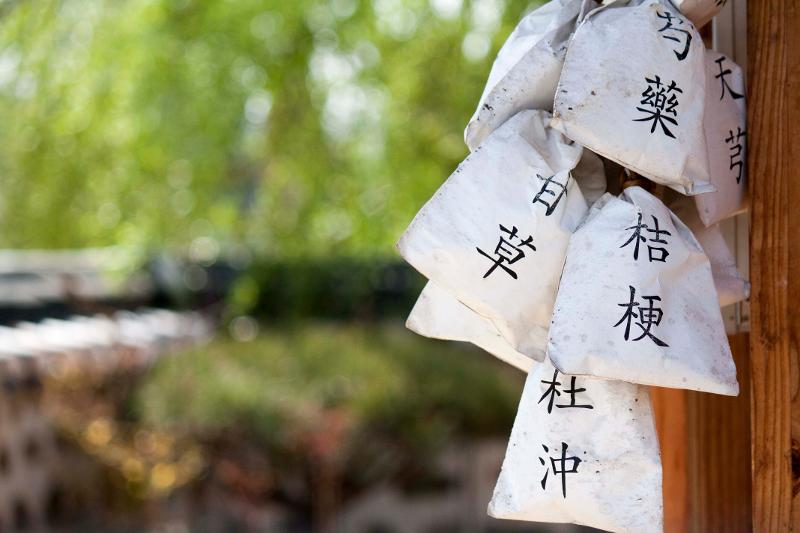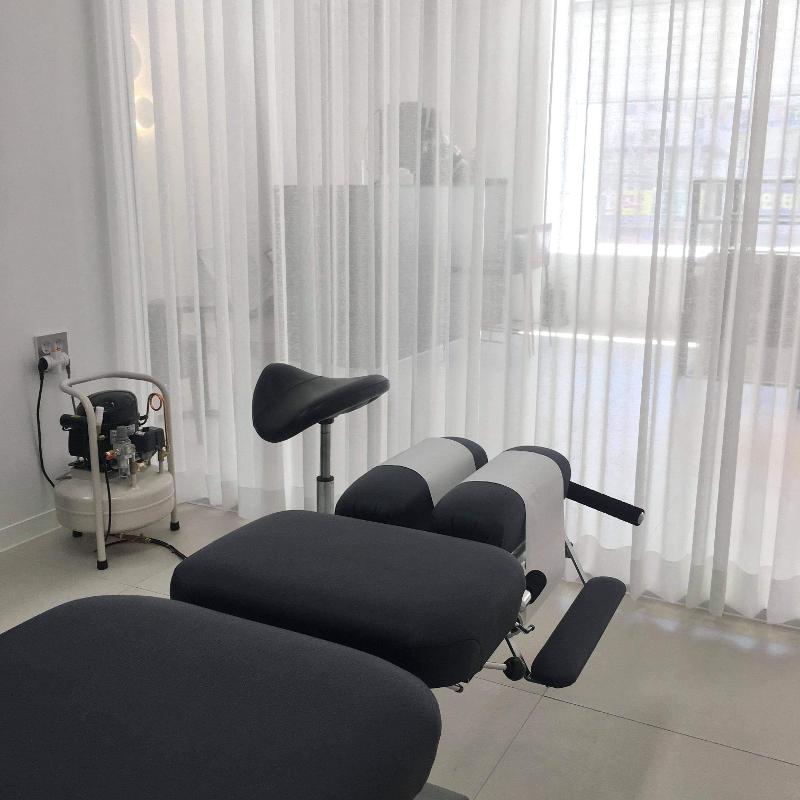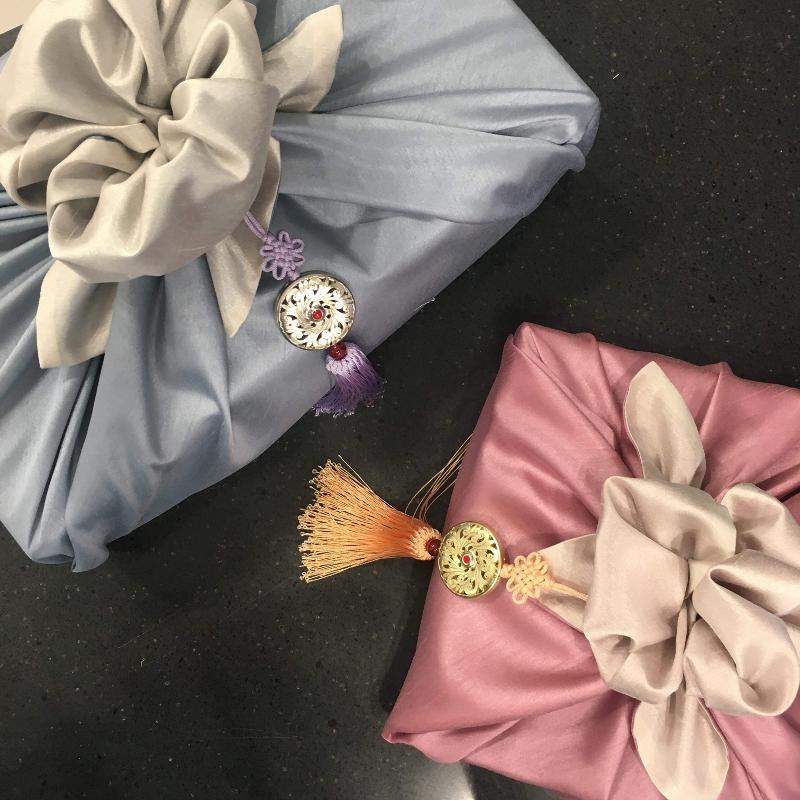By Honorary Reporter Crystal Grant from U.S.
Photos = Crystal Grant
Traditional Korean medicine, or
hanbang, is intertwined with Korean history and culture. For many Westerners and people unfamiliar with Eastern culture, an air of mystery surrounds the routines and practices used in
hanbang, which is different from traditional medicine in other Asian countries. This interview with Dr. Yeo Jimin, a licensed practitioner of the sector.

Yeo graduated from Daegu Haany University in Daegu after studying hanbang and works at Yeo Dae Won Korean Medical Clinic, her family clinic in Daegu. She shared her experience in traditional medicine to clarify the practices and culture of hanbang.
Why did you pursue traditional Korean medicine as a career?
To continue my heritage. My parents are both hanbang doctors, so I basically grew up at the clinic. I took herbal medicine before I could even remember and received acupuncture since I was born. While watching my parents work, I started dreaming about becoming like them and experiencing the efficiency of hanbang for life.
How is hanbang different from Western medicine?
The way the human body is viewed is different in both medical approaches. For example, Asian and Western cultures differ in the way they view the world. In Asia, we observe things in their entirety, so a holistic and organic approach is used when treating a patient. The fundamental principle of traditional Korean medicine is that the human body is a small universe, and following the flow of nature makes humans healthy and not following it leads to illness. The important thing is to use both medical approaches because each has pros and cons and can complement each other to create a synergy effect.
What treatments are common in hanbang?
Acupuncture, herbal medicine and moxibustion are the three main treatments in
hanbang. Single-use stainless steel needles are used in acupuncture. Herbal medicine is not merely putting herbs together but combining them so that they complement one another and heal the body. The medicine comes in forms such as tea, pills, powder, paste, ointment and injections. Moxibustion is putting burning mugwort on acupoints that produces a warming and healing effect. Nowadays, electric moxibustion retains the warming effect but lowers the risk of blisters.

This acupuncture table is used at Dr. Yeo's clinic.
What are common misconceptions about traditional Korean medicine?
That it's a mysterious type of medicine or even witchcraft. Western values and philosophy are dominant in today's world, which means that anything from something other than Western culture is often considered "pseudo." Also, traditional Korean and East Asian medicine has received extensive research in the West. For example, the University of California, Los Angeles and UC, San Diego (UCSD) are conducting a clinical study using Qingfei Paidu decoction, a newly developed medicine for treating COVID-19. A lot of people who have never looked into the many studies done on
hanbang just disregard it as "unscientific."
What common issues do patients at your clinic have and how do you treat them?
Most patients I see have musculoskeletal issues and I use acupuncture on most of them. Back sprain, tennis elbow, plantar fasciitis, disc herniation are also common. A lot of people who were in car accidents but suffered no bone fractures or trauma visit our clinic for pain management and rehabilitation. Others have indigestion, facial nerve paralysis, headache, anxiety or depression. Other doctors at the clinic have patients with gynecological, skin, respiratory and gastrointestinal diseases. They mostly use a combination of herbal medicine and acupuncture.
What is the best part of your job?
I can use my desire to help others in a healthy way. Since I started working in this field, I am glad that I dedicated myself to society. Of course I have days when work is hard and stressful, but when I see progress in my patients and they tell me that they're getting better, I feel that I'm achieving self-actualization and fulfilling my full potential.
What kind of hanbang-related souvenirs do you suggest buying while visiting Korea?
I recommend
gyeongoggo, which means "beautiful gem paste." This sweet herbal medicine is good for treating fatigue, boosting the immune system, stimulating muscle and bone growth, improving memory and judgment, and helping the digestive and respiratory systems, or basically everything. It's a great gift even if the recipient isn't sick. For example,
gyeongoggo can be taken with warm water whenever someone feels fatigue.

Pictured here is the bojagi and norigae that Dr. Yeo sells at her clinic.
What is one thing people unfamiliar with hanbang should know about it?
Just be a little more open to traditional Korean medicine because it will benefit you over the long run. Especially for those unfamiliar with Asian culture, it's easy to doubt hanbang. I'm not saying people shouldn't use Western medicine, it must be used when necessary. But hanbang has efficiency shown by history and science. Being more accepting of it can open a new chapter in wellness.
kalhong617@korea.kr
*This article is written by a Korea.net Honorary Reporter. Our group of Honorary Reporters are from all around the world, and they share with Korea.net their love and passion for all things Korean.


